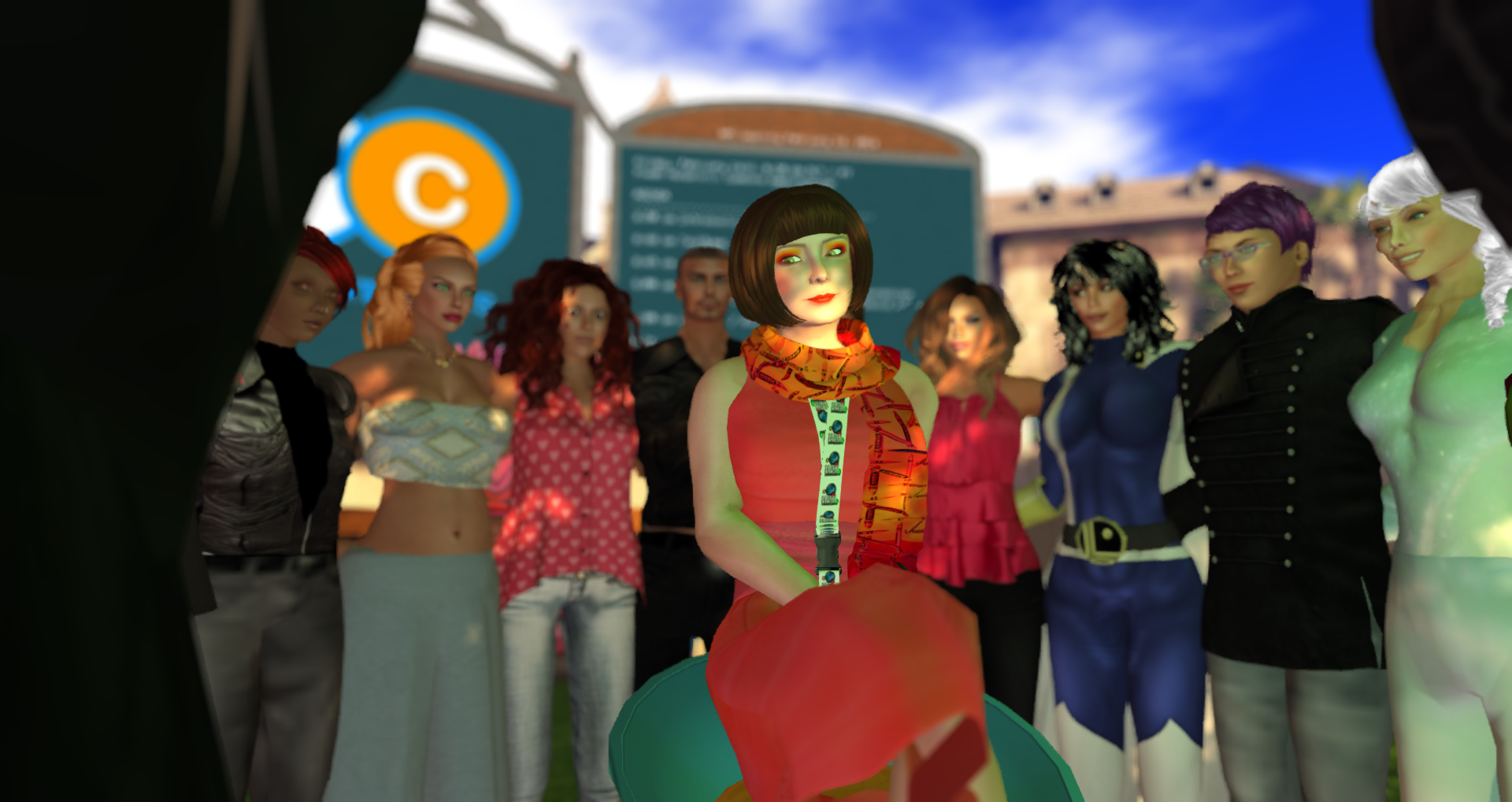
Back in December after Clay Shirky’s piece on Second Life, Stan who writes the PacificRim Exchange Blog took out his "I’m Sticking With DOS" buttons from the attic to make some points — maybe something about keeping an eye on the future horizon.
Allan Benamer has written a post called Why Project Agape’s Cause Is Better Than Second Life. I think the title should have been more aptly "Why Project Agape’s Cause Is Better ROI for Fundraising Than Second Life in 2007!" Nicole Wallace’s frames the post with these e questions:
What do you think? Is Second Life a passing fad, or is it something
savvy nonprofit groups should be watching and participating in?
Now this should set the stage for an interesting debate!
Ruby Sinreich notes in the comments, it isn’t an either/or:
"It’s not like we have to choose either/or! Second Life is great for enabling rich learning experiences, creative expression, and complex interpersonal interactions."
Susan Tenby writes in the comments about the special qualities of Second Life:
There are few places where the security issues and the individual time of a member are rendered less significant. The boundaries of SL allow you to have access to many whom you wouldn’t be able to meet with in the real world (for example,business executives, celebrities and those in remote locations). It also allows you to create experiences that the
two-dimensional web would never be able to produce (for example, walking through a human heart or experiencing schizophrenia as if you were the schizophrenic.) As soon as we have web directly enabled on Second Life (or whatever other virtual world takes it place), you will be able to have a seamless experience between your satellite office and your web documents.
It comes down to understanding what is the best tool/strategy to
reach an organization’s outcomes and having an eye on what is on the horizon and what is being learned today.
My feeling is that although we’re still in the early
phases of virtual worlds, we shouldn’t ignore it or label is a passing fad. As such not all nonprofits organizations should be investing heavily in resources to implement a fund raising campaign in Second Life. As Allan points out,
there is a steeper learning curve and will require more resources to go to scale than say a Facebook profile.
But, what about education programs? What about the networking opportunities?
If I were a development person, I’d certainly want to get on avatar and get the chance to
chat with Mr. Fanton directly about the foundation’s funding interests, find out what they learning about virtual worlds and philanthropy. If my nonprofit’s programs were geared for young people, I’d want to learn from first hand experience what opportunities virtual worlds present for my organization and its programs. Exploring a tool with a low risk experiment to
see if it is the right fit is not a waste of resources. Having knee
jerk reactions – whether to immediately reject or immediately jump in
with full scale implementation – is.
In a strange coincidence, I received an email from Jackie Marsh, a UK-based researcher looking at social media and early childhood, telling me about her blog, Digital Beginnings. (We discovered each other via a post I wrote called "Mommy, what’s a blog?" which was my attempt to explain blogging to my pre-K aged son, Harry.) GenWe, today’s kids, are a glimpse into the future. And, it isn’t just social networking sites they’re using, today’s young people are exploring and using virtual worlds. So, are virtual worlds a fad or is it showing us what is to come.
Written by: kanter

